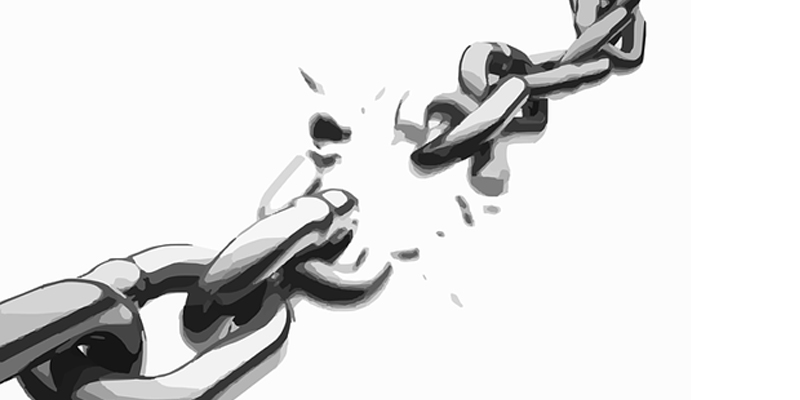Local Representation in Korea
Appointing a Korea license holder is to be taken seriously. If you don’t, you may end up in a dead end with products you cannot put on the market. Here below we get into the details of what is a license holder, its responsibilities and other topics.
It came from the recent surge of questions we got from our subscribers.
We will also start to create a constantly updated resource page DEDICATED to Korean market which for instance, will include: FAQ like this one, video, presentations, links, etc…
The want the content we put on the resource page to be evergreen so that you can come back as much as needed.
Regarding the License Holder now, here is the FAQ.
Question 1 – What is a license holder ?
Answer – A license holder is the equivalent of a European Representative or a US agent. It is an established place of business in Korea responsible to place the product on the market. It may be also involved in the registration of the product but it’s not an obligation. The license holder is the owner of the product license. From that perspective, it has legal responsibilities locally (penalties will apply in case of infraction).
Question 2 – What are the duties of a license holder?
Answer – The license holder is responsible for the following:
- Customs clearance – though it can be done by the distributor through a contract
- Report any design/manufacturing changes to the MFDS
- Communicate with MFDS in case of incident, adverse event, recalls
- Communicate with manufacturer in case of recalls, advisory notice
Question 3 – Is the importer the license holder?
Answer – The importer is usually the license holder but as said in Question 2, the clearance and inspection can be subcontracted to the distributor
Question 4 – How to change the license holder?
Answer – There are 2 cases:
- The former license holder is not willing to cooperate: the products have to be re-registered with the new license holder
- The former license holder is willing to cooperate: the transfer can be done by establishing a contract between the two license holders and declaring the change to the MFDS. A couple of weeks are needed for the change to be effective
Question 5 – How to become license holder?
Answer – To become a license holder, a company needs a registered place of business in Korea. It is also required to have a quality manager as a full time employee.
Question 6 – How about products which I’m distributing but I’m not the manufacturer? What to deliver as KGMP certificate?
Answer – Whoever is importing products, must provide a valid product license AND a KGMP certificate. For class 1 products, since a KGMP certificate is not required only the product license is necessary.
Question 7 – What are the different options for my products licensing?
Answer – There are 3 options summarized below with pros and cons:
- Option A: Appoint the distributor
- Option B: Appoint a specialist of regulatory affairs in Korea
- Option C: Establish a branch/subsidiary in Korea
See the chart below for a quick comparison between the different options:
Options for local representation in Korea
| Distributor | Dedicated License Holder | Branch/Subsidiary | |
| Ease in Handling | Yes | No | No |
| Experiencein registration | Yes | Yes | No |
| Cost | Yes | No | No |
| Flexibility | No | Yes | Yes |
| Post-Market | No | Yes | Yes |
| Ownership | No | No | Yes |
| Total | 3 Yes | 3 Yes | 3 Yes |
Source: Fictitious data, for illustration purposes only
Each of the above option is valid depending on your priorities.
The main driver for companies to switch from Option A to B is to separate the commercial part from the regulatory part and being more flexible with their distributors.
The move from Option A (or B) to C is usually driven by the goal to get complete ownership of the process.







